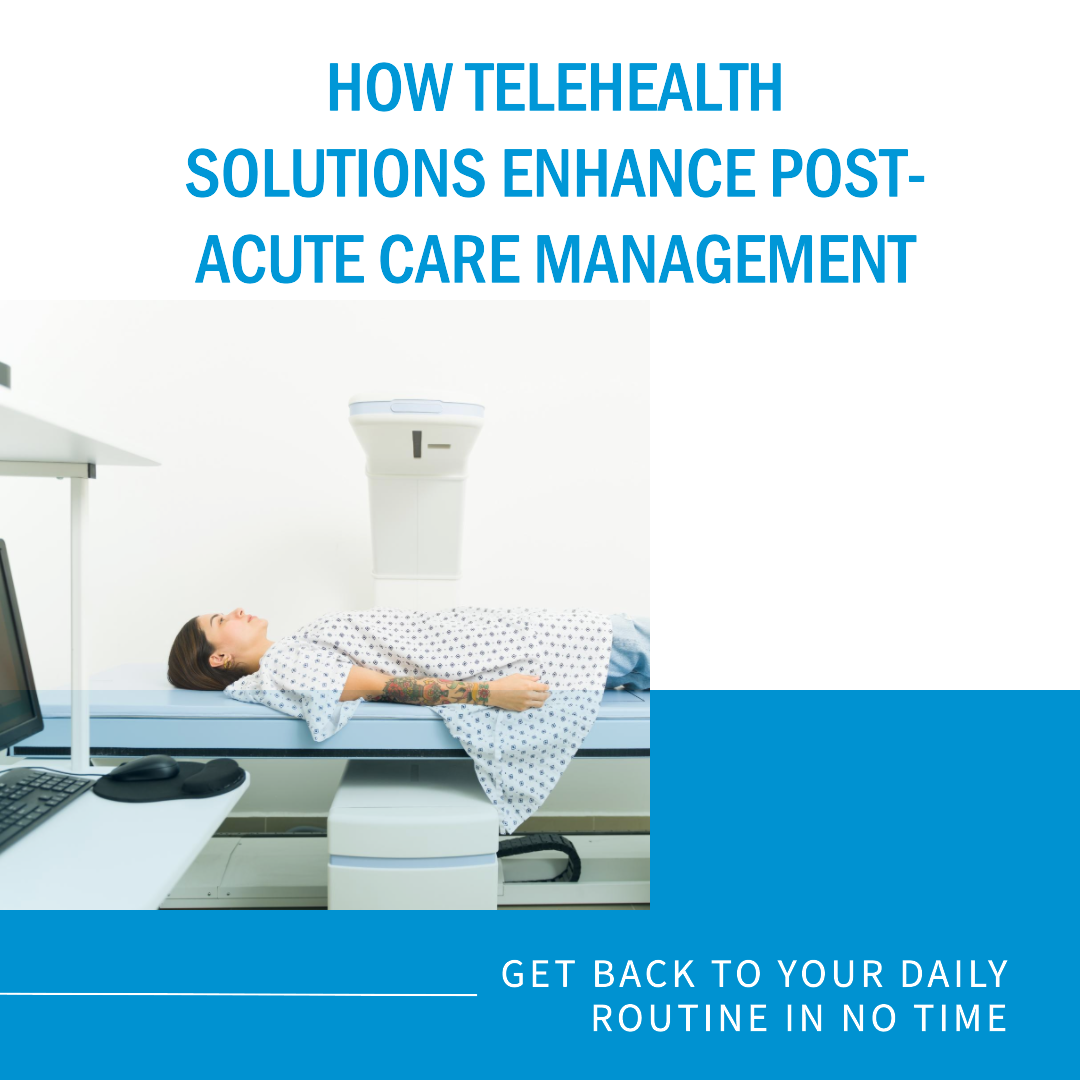Medically Reviewed By: Dr Alex Evans
Key Takeaways
Enhanced Post-Acute Care with Telehealth: Telehealth provides a seamless bridge from hospital to home, ensuring consistent communication, immediate medical interventions, and an integrated approach with care teams, leading to improved recovery outcomes.
Benefits Abound: Telehealth in post-acute care is cost-efficient, offers increased accessibility for remote or mobility-challenged patients, and empowers patients with education and resources about their health journey.
Challenges Ahead, Yet Promising: While hurdles like technology adoption, data privacy, and regulatory constraints exist, the integration of telehealth in post-acute care holds a bright future, with its potential to become a standard in recovery management.
The introduction of telehealth solutions has greatly influenced and improved various sectors within the healthcare system, and post-acute care is no exception. As the critical phase following a hospital stay, such as after surgery or a significant medical event, post-acute care plays a critical role in a patient’s journey to recovery. The integration of telehealth into this care model offers a range of benefits that enhance both the efficiency and effectiveness of treatments and follow-ups.
Understanding Post-acute Care
Post-acute care provides a bridge between hospitalization and home, focusing on supporting patients in regaining their independence and functionality. This can be delivered in various settings including rehabilitation facilities, nursing homes, or even at a patient’s residence.
The Role of Telehealth in Post-acute Care
Continuity of Care: Telehealth platforms ensure that care providers are able to maintain consistent communication with their patients, making sure that the recovery is on track, even without physical consultations.
Immediate Medical Intervention: With the capability of real-time monitoring and immediate consultations, any potential complications or setbacks can be detected and addressed promptly.
Cost-Efficiency: Telehealth can significantly reduce costs associated with transportation, extended hospital stays or readmissions, by providing timely care interventions and reducing physical visit requirements.
Increased Accessibility: For patients living in remote areas or facing mobility challenges, accessing post-acute care can be daunting. Telehealth offers them an avenue to receive the necessary care without the hurdles of geographical constraints.
Empowered Patients: Telehealth solutions often come with educational tools and resources that allow patients to be better informed about their health status and recovery process.
Integrated Care Teams: Through telehealth platforms, various care professionals, from physiotherapists to dietitians, can collaborate seamlessly ensuring a holistic approach to post-acute care.
Challenges and the Road Ahead
While the benefits are substantial, there are challenges to be addressed:
Technology Adoption: Not all patients, especially among the older generation, are comfortable with using digital platforms. Training and user-friendly interfaces become essential.
Data Privacy: As with all online platforms, ensuring data security and patient privacy is paramount.
Regulatory Hurdles: Telehealth regulations vary from region to region. Healthcare providers need to be well-versed in local laws to ensure compliance.
Despite these challenges, the use of telehealth in post-acute care has a promising future. As technology continues to evolve and integrate further into healthcare, it’s only a matter of time before telehealth becomes a standard component of post-acute care management.
Conclusion
The synergy between telehealth solutions and post-acute care is reshaping the recovery landscape, offering patients a more flexible, efficient, and informed care pathway. As we continue to innovate in healthcare, the fusion of technology and medical expertise offers immense potential for enhancing patient outcomes across the board.
MarkiTech has various subsidiaries with products and services targeted towards digital healthcare and telehealth/telemedicine and virtual clinic with laser focus on helping seniors age in place and help their caregivers.
Sensights.ai is a company focused on remote patient monitoring and aging solutions, which utilizes artificial intelligence to track the health of patients and keep a round-the-clock connection between caregivers and patients.
As well, Veyetals uses rPPG and AI modeling algorithms to capture the light reflected by the blood vessels under a patient’s skin to measure vitals anytime, anywhere.
Lastly, we are now launched our latest Mental Health AI Scribe tool called CliniScripts.com

